DoeEyes
Brilliant_Rock
- Joined
- Jul 27, 2018
- Messages
- 628
I'm considering a 0.91ct 6.27mm-6.30mm X 3.75mm. Emailed for the additional measurements for the HCA but just wondering if you can tell anything about the cut from this info (whether it's deep or shallow I guess?)
In full disclosure because I don't want to anger the mods, this particular stone is a lab-grown diamond, but since I am only asking for feedback about cut, and this board has much higher traffic of prosumers, I'm hoping this post can stay here.
In full disclosure because I don't want to anger the mods, this particular stone is a lab-grown diamond, but since I am only asking for feedback about cut, and this board has much higher traffic of prosumers, I'm hoping this post can stay here.






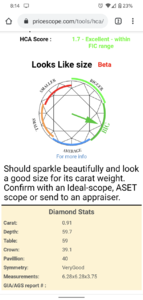

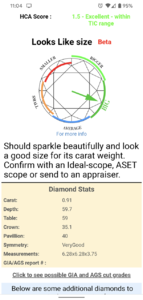
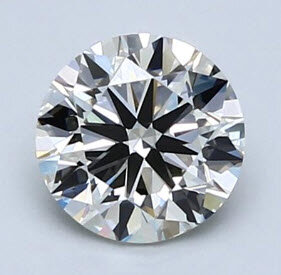
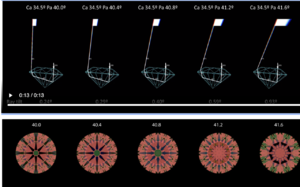
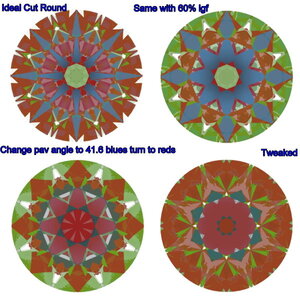



300x240.png)